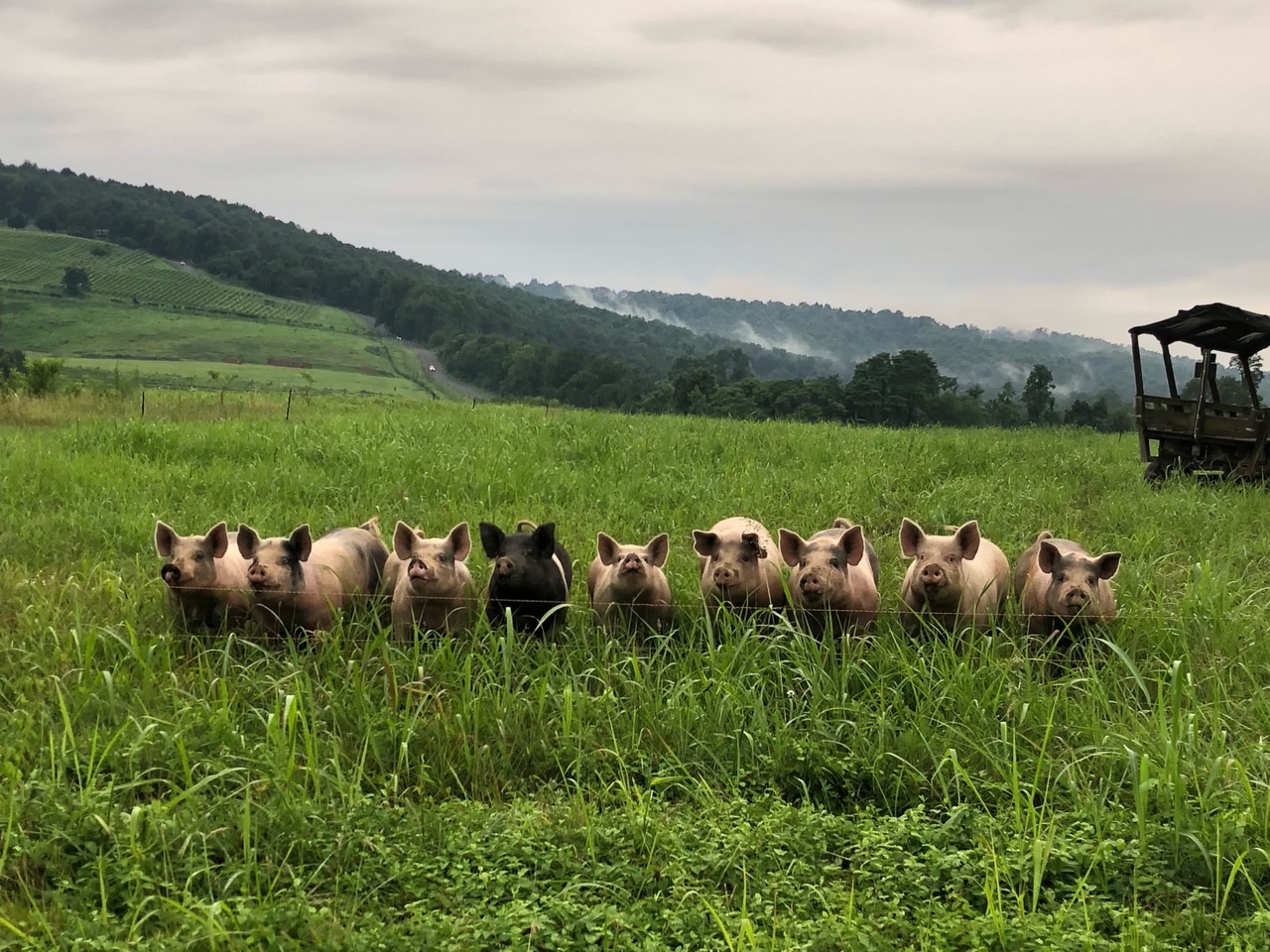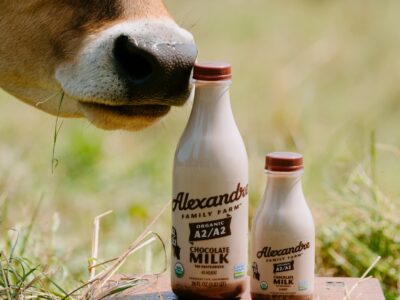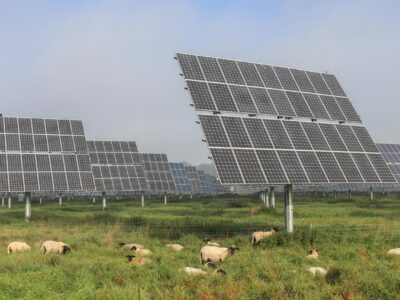Andrew Taylor, the general manager and chief creative officer of Great Country Farms (GCF) in Bluemont, Virginia, had his lightbulb moment as a farmer around a half dozen years ago. His mind shifted from “What am I going to kill today?” to “What am I going to grow today?”
Instead of fighting pests and weeds with chemical sprays, his mindset shifted to pursuing more natural solutions. He started asking himself questions, as Taylor explained to Garden & Health, like: “What cover crop can I grow?” and “What animals can I move underneath trees that take care of our problems?”
Photo Courtesy Great Country Farms
Situated along the eastern slopes of the Blue Ridge Mountains, GCF is a rather unique farm as it has evolved into being part of the regenerative agriculture movement, which the Food Institute hailed as “the Fastest-Growing Green Theme.” A February 2024 research report estimated that the Regenerative Agriculture Market Size would increase worldwide from $10.3 billion in 2023 to $31.88 billion in 2031.
So, what is regenerative farming? Taylor describes it as taking a “holistic,” rather than a monoculture, approach to agriculture, with an emphasis placed on “having a wide diversity of fruits, vegetables, annuals, perennials, [and] animals working together symbiotically to flourish on the land and coexist.”
He compares it to how forests flourish by having all types of plants, trees, and animals living together, and that “we’re trying to mimic that while we’re growing fruits and vegetables for people.”
Photo Courtesy Great Country Farms
Over the past few years, GCF has reduced its use of conventional chemical sprays by 95%. Taylor, whose family has run the operation for more than three decades, said it was hard for traditional growers to switch from something that worked to something new. However, he has seen a positive change that regenerative farming has brought to GCF. The land and grass look better, and many problems — like there weren’t gullies or mud in the fields — went away.
Taylor estimates that GCF grows more than 100 fruits and vegetables on its several hundred acres, along with being home to various animals, such as chickens, pigs, goats, cows, and sheep. The animals, in fact, play an essential role at GCF. Chickens, for example, are employed to graze in the cherry orchard, where they eat the bugs and insects and then leave manure behind so that chemical fertilizer isn’t necessary. Besides chicken around the cherry trees, you might find cows in the peach orchards and sheep grazing around the apple trees.
Photo Courtesy Great Country Farms
GCF receives a lot of compost materials — like leaves, manures, and wood chips — from local landscaping companies and horse farms. In the past, Taylor would drive a tractor through a field to flip the compost over.
However, nowadays, the farm’s pigs are used to turn the compost and aerating the soil in a natural way.
This method results in nutrient-dense soil, which yields healthy fruits and vegetables that are good for the planet. It’s good for the pigs, too. “They’re having fun,” Taylor shares. “They’re allowed to be pigs.”
Fun isn’t restricted to animals at GCF — it is available for the farm’s human guests as well! A 15-acre park play area contains slide mazes, jumping pillows, and animal encounters, but plenty of signage informs folks about how the farm operates. An interactive Irrigation Station Splash pad, for instance, offers plenty of interactive amusements; however, it also teaches people about irrigation systems and water conservation.
Photo Courtesy Great Country Farms
GCF has always been active with the community since it was founded in 1993. Early on, it launched a highly successful community-supported agriculture (CSA) operation that had around 1,300 members at its peak. A couple of years ago, the farm decided to pivot away from the CSA and focus on its on-site farm market and its popular Pick-Your-Own program.
Taylor, who revealed that people coming from across the mid-Atlantic region to visit, feels it is vital for folks to see the land. GCF’s slogan, appropriately enough, is “Know your farmer,” but the farm also has a bigger goal. As Taylor explains, “We want people to be engaged, interactive, and curious about where their food comes from.”





